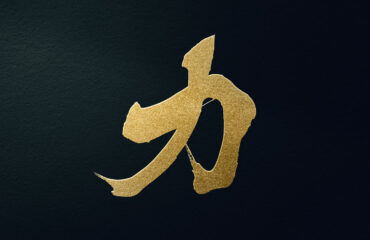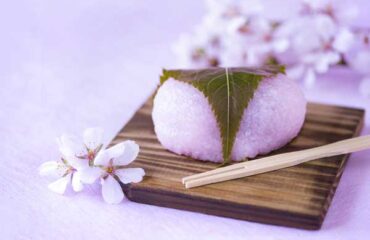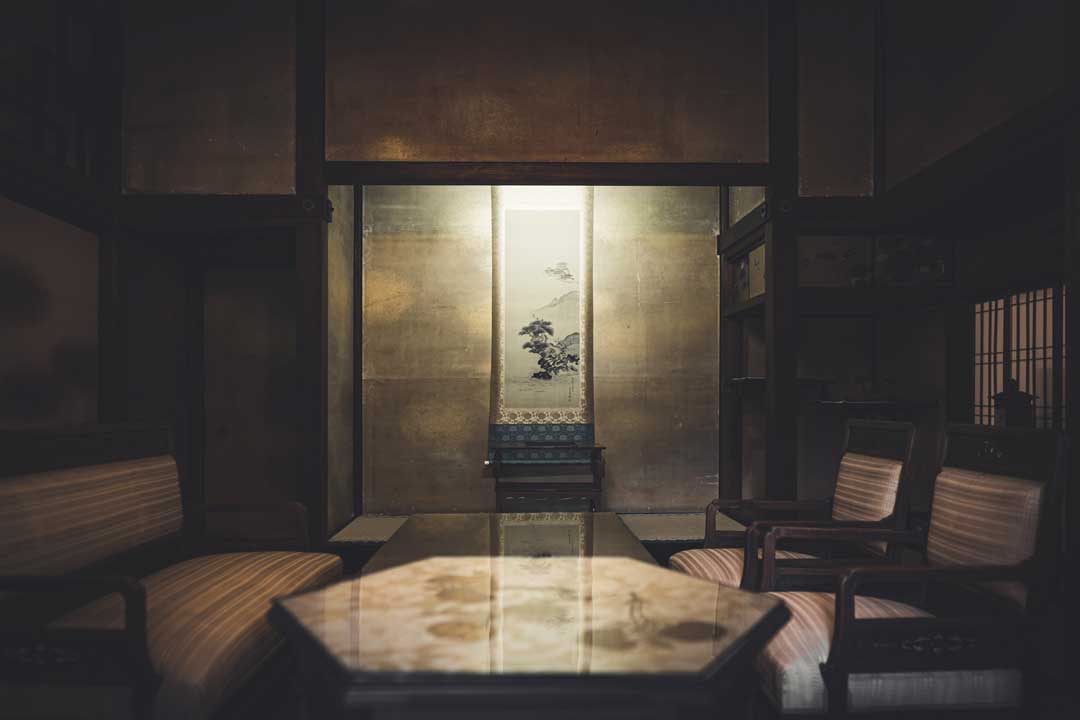
A Kakejiku is a piece of Oriental painting or calligraphy, mounted with brocade or paper on the edges for reinforcement, and then rolled around a wooden axis for storage.
It’s an item of cultural significance that is hung and appreciated in places like the tokonoma (alcove).
One of the joys of a kakejiku is choosing the one that suits the place and moment best.
The History of Kakejiku: From Ancient Times to the Present
The history of kakejiku dates back to the Asuka period (538-710 AD), when it was introduced to Japan from China.
Initially, it was not meant for appreciation but was treasured as an object of worship that was hung up.
From the Heian period (794–1185 AD), Buddhist paintings such as mandalas began to be mounted, and it became popular among the nobility.
During the Kamakura period (1185–1333 AD), the popularity of kakejiku began to rise due to the influence of Zen Buddhism.
Paintings of animals, flowers, and landscapes began to circulate widely, and kakejiku developed as an item for appreciation.
In the Muromachi period (1336–1573 AD), with the popularity of the tea ceremony, the culture of hanging kakejiku in tokonoma was born.
This culture spread to the common people during the Azuchi-Momoyama period (1568–1603 AD), and the appreciation of kakejiku became an integral part of the tea room.
During the Edo period (1603–1868 AD), the value of enjoying kakejiku was born as literati began to paint literati paintings.
Many works were produced by patronized painters in Edo and Kyoto, and the artistic value of kakejiku increased.
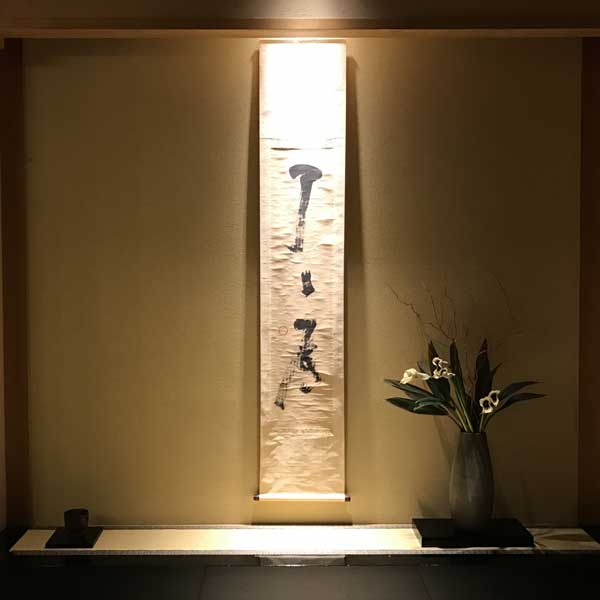
The Deep Relationship Between Tea Ceremony and Kakejiku
Nothing is more important than the hanging scroll.
It is the primary utensil for both the host and guest in their immersion in the way of tea; ink traces are esteemed most of all.’ – Sen no Rikyu
The development of the tea ceremony and the proliferation of kakejiku are deeply intertwined.
In particular, Sen no Rikyu valued kakejiku, as mentioned above.
He intended to make the space special by decorating the tea room with a kakejiku, showing his hospitality to the guests.
Kakejiku spread among samurai and townspeople who enjoyed the tea ceremony, and its role expanded.
With the philosophy of wabi tea, kakejiku became part of the spirituality in the tea room, and it matured alongside the world of tea.
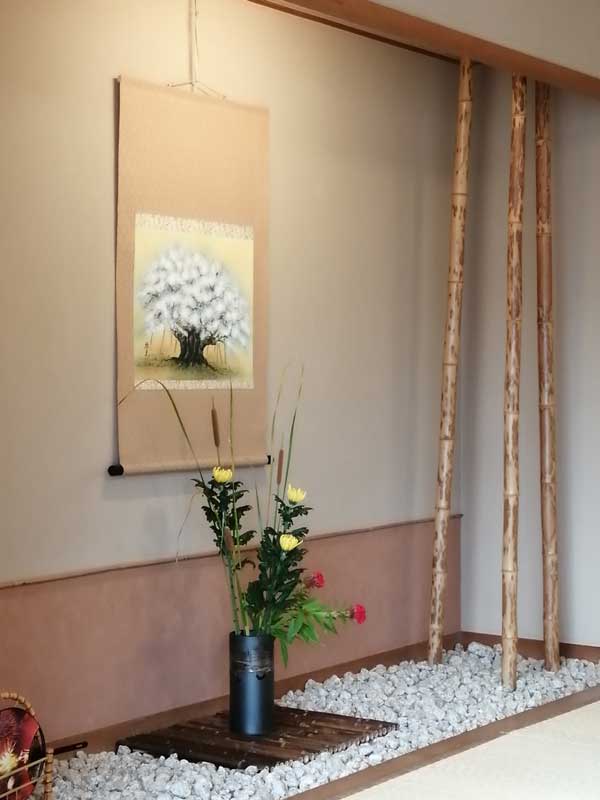
The Different Types of Kakejiku: Understanding and Appreciating Japanese Scrolls
The kakejiku, or Japanese hanging scroll, is a traditional art form that showcases an array of paintings and calligraphy.
However, not all kakejiku are the same; they can be largely categorized into five types depending on their usage. These are:
- Jouji-kake (Always Hanging)
- Keiji-kake (Celebratory Hanging)
- Busshiji-kake (Buddhist Hanging)
- Kisetsu-kake (Seasonal Hanging)
- Sekku-kake (Festive Hanging)
Understanding these five types will allow you to classify various kakejiku and get rid of any discomfort or unfamiliarity you may have towards them.
Let’s dive into each type to better understand the intricate world of kakejiku.
1. Jouji-kake (Always Hanging)
This type of kakejiku features themes that are timeless and can be displayed at any time of the year. They often depict scenes or symbols of nature that transcend specific seasons or events, like bamboo, pine trees, or waterfalls.
2. Keiji-kake (Celebratory Hanging)
Keiji-kake are used during times of celebration.
These could include anniversaries, birthdays, New Year celebrations, or any other kind of joyful event.
The themes for these kakejiku often involve symbols of good luck and prosperity, such as cranes, turtles, or images of longevity and happiness.
3. Busshiji-kake (Buddhist Hanging)
As the name suggests, this type of kakejiku is used for Buddhist rituals and ceremonies.
These might feature images of Buddha, bodhisattvas, or Buddhist scriptures.
They are typically hung in household Buddhist altars, temples, or during memorial services.
4. Kisetsu-kake (Seasonal Hanging)
Kisetsu-kake correspond to the changing seasons.
The scenes painted on these kakejiku reflect the characteristics and feelings of each season: cherry blossoms in spring, cool rivers in summer, colored leaves in autumn, and snowscapes in winter.
By hanging a kisetsu-kake, you can bring the spirit of each season into your home.
5. Sekku-kake (Festive Hanging)
These are hung during traditional Japanese festivals (sekku) such as Doll’s Festival (Hina-matsuri) in March or Boy’s Festival (Tango no Sekku) in May.
The designs of sekku-kake are closely related to the specific festival, including dolls for Hina-matsuri or carp streamers for Tango no Sekku.
Understanding these categories of kakejiku will not only enhance your appreciation for this traditional art form, but also guide you in selecting the appropriate kakejiku for various settings and occasions.
With this knowledge, the world of kakejiku becomes much more accessible and enjoyable.
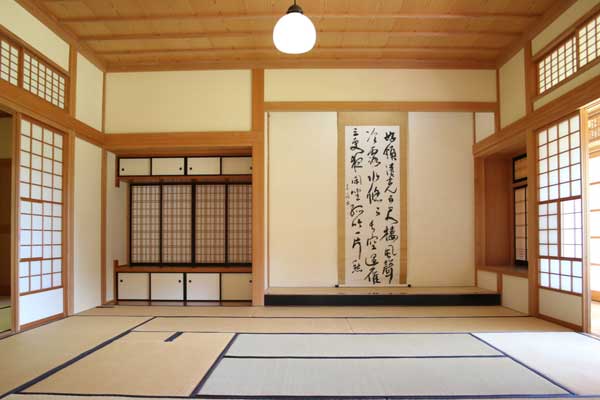
Conclusion
The Kakejiku, or hanging scroll, has been esteemed for centuries as a vital cultural symbol, forming a part of traditional Japanese fine art.
Its presence not only brings beauty into Japanese homes and public spaces but offers a unique method of demonstrating deep respect for space, time, and nature.
Each scroll, tailored to seasons and celebratory occasions, makes the moment special, allowing for the selection of what is most suitable for the given instant.
Furthermore, its history underscores the profound value of faith and appreciation that these scrolls carry.
They reflect the Japanese aesthetic consciousness, offering ways for individuals to feel integrated with nature and incorporate art into their lives.
Understanding the underlying significance each scroll carries further enhances their beauty and profound implications.
Other Introduction
Tradition of Japanese Tea Ceremony (Sado)

